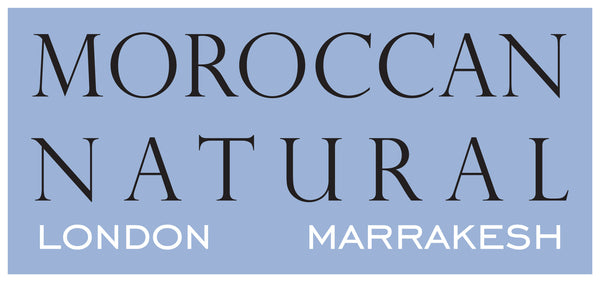Some people have overactive sebaceous glands that produce excess sebum that contributes to the look of oily skin (remember the cross section of the skin from week 1?)

The glands are more plentiful in the face, neck, chest, and head and back, so that's why those areas tend to be affected by oil production the most. To get from the glands to your skin the oil flows into nearby follicular pores, and eventually works its way to the surface. When too much oil is produced skin no longer looks healthy but shiny and greasy.
Genetics, hormone changes, or even stress may increase sebum production. Whatever's causing your oily skin there are steps you can take to control it, so you get more glow and less shine. Victoria Beckham has openly discussed her oily skin issues over the years, with a strict topical and dietary regime, her skin appears healthy and fresh.
Diagnosis - Oily skin typically has the following characteristics:
- looks shiny or greasy everywhere
- appears thick and coarse
- has enlarged pores
- occasional breakouts

Our Oily Skin Tips:
Make-up - Choose water-based products instead of oil-based. Look for products labelled non-comedogenic that are less likely to clog pores.
Dietary Considerations - avoiding unhealthy options such as fried foods, foods high in sugar, and processed foods may help.
Skincare
It might sound counterintuitive, but oil cleansers were made for greasy skin types. The oil in the face wash attracts your skin's sebum, so you can rinse both away without removing the essential oil content of your skin.
Hydrate, hydrate, hydrate! Do not confuse hydrating lotions with oil.
Avoid chemical based products that strip the skin, damage the outer layer, and lead to increased oil production in the long run, as well as accelerated aging. Natural oils have an amazing ability to work with the body to balance the way your skin looks. Small amounts of Coconut, Almond, Jojoba, Avocado, and Wheat germ, Argan, Prickly Pear Seed, Cucumber Seed Oil and Sesame Seed Oil are great choices of natural plant oils that will nourish and maintain your skins’ health.
Salicylic Acid
Less commonly known as Beta Hydroxy Acid (BHA), Salicylic acid breaks down the bond that fuses dead skin cells together. This fusion can clog pores leading to blackheads and pimples. It’s also reported to increase skin cell renewal, keeping the skin’s appearance fresh and youthful. Nature’s bounty of BHA is evident in many fruits and vegetables. High levels of which are listed in the common foods below:
Raspberries - Granny Smith Apples - Cucumber - Cantaloupe - Strawberries Tomatoes - Red Grapes

Natural remedies - Oatmeal helps calm inflamed skin and absorbs excess oil. It also helps exfoliate dead skin. Blended with rosewater, this makes for a natural face mask for oily skin.
Honey is one of nature’s most revered skin remedies. Thanks to its antibacterial and antiseptic abilities, it may benefit oily and acne-prone skin. Manuka Honey has a particularly effective anti-bacterial action; mixed with Oatmeal it could make the perfect SOS for inflamed acne infliction's.


